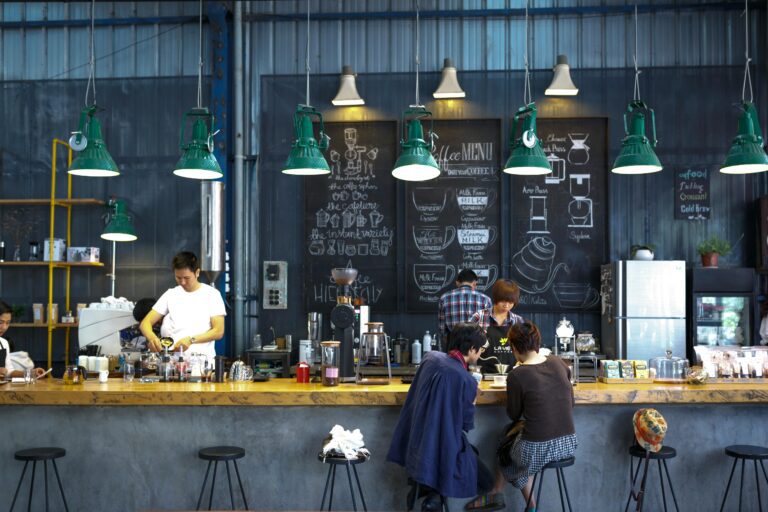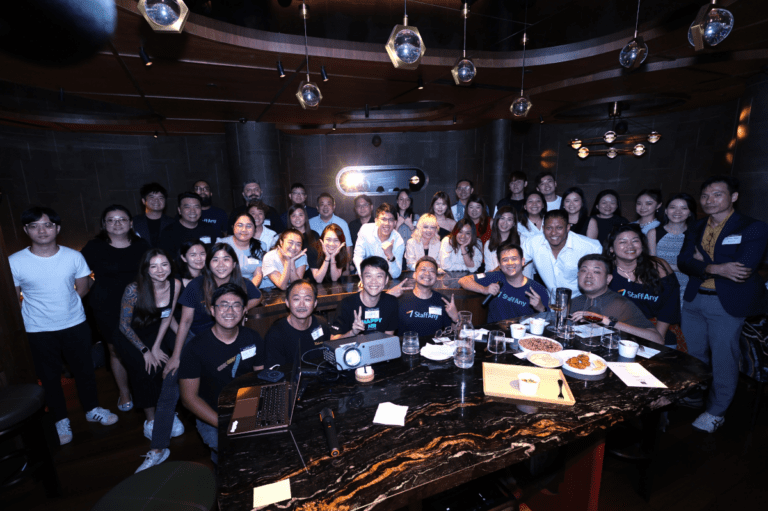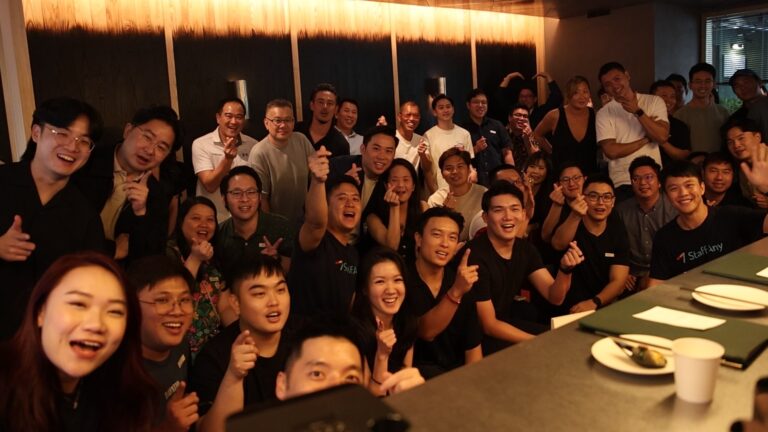
Effective scheduling is not just about filling shifts but ensuring that your team operates at optimal capacity without undue strain. Overscheduling, a common pitfall in the restaurant and cafe industry, can lead to burnout, decreased morale, and ultimately, compromised service quality. By understanding its causes and implementing proactive strategies, you can cultivate a balanced and productive work environment.
What is Overscheduling and How Does it Happen?
Overscheduling occurs when employees are scheduled for more work hours than they can handle or that are required for smooth business operations. This can result from poor planning, sudden changes in demand, or an attempt to cover all shifts without considering individual employee capacities.
When managers focus solely on filling gaps in the schedule without assessing the workload’s impact on their team members, it can lead to exhaustion, decreased job satisfaction, and ultimately, higher turnover rates. Moreover, overscheduling can strain your labor budget unnecessarily, affecting profitability in the long run.
Effective workforce management is key for the smooth operation of restaurants and cafes, where the balance between labor efficiency and customer service excellence is delicate. Overscheduling, however, disrupts this equilibrium and introduces several significant challenges that can undermine both employee satisfaction and business profitability.
So, what are the problems with overscheduling?
Firstly, it often leads to employee burnout and decreased morale as staff are forced to handle excessive workloads. This not only affects their job satisfaction but also increases the likelihood of turnover, disrupting team stability.
Moreover, overscheduling inflates labor costs unnecessarily, impacting profitability. It can compromise service quality as overworked staff may struggle to maintain standards, resulting in slower service or errors in customer interactions. Rigorous schedules can also hinder flexibility, making it difficult to adapt to fluctuating customer demands or unforeseen circumstances.
Additionally, failing to manage schedules within legal limits may lead to compliance issues, exposing the business to potential fines or legal consequences. Addressing these challenges requires a balanced approach to scheduling that considers both operational needs and employee well-being, ensuring a productive and harmonious work environment while maintaining service excellence.
Then, you probably ask how to avoid overscheduling. To avoid these issues, at least, restaurants and cafes should implement these 4 approaches below.
1. Understand Employee Availability
Implement systems where employees can input their availability, ensuring schedules align with their personal lives. By allowing employees to communicate their preferred work hours and availability in advance, restaurants and cafes can create schedules that meet both operational needs and employee expectations without overloading them.
2. Forecast Demand Accurately
Use data and trends to predict busy times and schedule accordingly, optimizing labor efficiency. By analyzing historical sales data, reservation patterns, and local events, restaurants and cafes can anticipate peak demand periods and adjust staffing levels to meet customer needs without overstaffing.
3. Implement Flexible Scheduling
Offer part-time shifts or flexible schedules to accommodate varying employee needs and preferences. Providing options such as split shifts or rotating schedules allows employees to balance work responsibilities with personal commitments, reducing the risk of burnout and improving overall job satisfaction.
4. Use Scheduling Software
Invest in digital tools that automate scheduling based on availability, skills, and business demand, reducing errors and optimizing labor costs. Modern scheduling software tailored for restaurants and cafes, like StaffAny’s smart scheduling feature, uses algorithms to generate optimized schedules that consider employee preferences, labor laws, and business requirements, ensuring efficient workforce management.
By effectively managing employee schedules, restaurants and cafes can avoid common pitfalls such as overstaffing or understaffing, which can lead to both increased labor costs and reduced employee satisfaction. The next step is to understand how to create the right employee work schedule.
How to Create the Right Employee Work Schedule?
Crafting effective schedules involves strategic planning because it ensures that staffing levels align with business needs, maximizing productivity and efficiency while minimizing labor costs. It enhances employee satisfaction by considering their preferences and availability, promoting a healthy work-life balance and reducing turnover rates.
Additionally, it optimizes resource allocation and improves customer service by ensuring adequate staffing during peak times, leading to higher customer satisfaction and repeat business.
Here’s what you need to do to create the right employee work schedule:
- Plan Ahead. Create schedules well in advance to accommodate employee requests and avoid last-minute changes. By planning shifts weeks or even months ahead, restaurants and cafes can proactively address scheduling conflicts, anticipate staffing needs during peak periods, and provide employees with clear expectations.
- Consider Peak Hours. Schedule more staff during busy periods and adjust staffing levels during quieter times to balance service needs and labor costs. By aligning staffing levels with customer demand, restaurants and cafes can maximize productivity during peak hours while minimizing labor expenses during slower periods.
- Monitor Work Hours. Ensure compliance with labor laws and promote breaks to prevent fatigue and maintain productivity. Monitoring employee work hours, including overtime and rest periods, not only ensures legal compliance but also promotes a healthy work-life balance for employees, reducing the risk of burnout and turnover.
- Seek Employee Input. Involve employees in the scheduling process to improve satisfaction and engagement. By soliciting feedback on schedules, preferences, and work-life balance, restaurants and cafes can create a supportive work environment that values employee input and promotes mutual respect.
Simplify Employee Work Schedule Creation With Digital Scheduling Tools
Traditional methods like spreadsheet scheduling fall short due to their reliance on manual data entry and limited adaptability. These shortcomings often result in poor communication, miscommunication, and inefficiencies, particularly due to the lack of integration with payroll or time-tracking systems.
Digital scheduling tools offer a robust alternative by automating the scheduling process, ensuring real-time updates, and providing data-driven insights for optimal staffing. They also integrate seamlessly with payroll and time-tracking systems, streamlining processes and reducing administrative burdens.
Furthermore, digital tools empower employees by allowing them to input availability, swap shifts, and access schedules in real-time, improving satisfaction and engagement.
Introduction to StaffAny’s Smart Scheduling Feature
Moving away from old-fashioned scheduling methods to digital solutions brings a big improvement in how smoothly things run. StaffAny’s smart scheduling feature is a right example of this progress, tailored to fit today’s fast-changing F&B/retail workplaces.
It makes scheduling easier and helps team members communicate better and be more flexible. By using technology well, StaffAny makes sure their system works smoothly with other important tools, making managing staff simpler and more effective.
What’s excellent about StaffAny’s staff scheduling software?
- Real-Time Availabilities
Employees can update availability in real-time, minimizing scheduling conflicts and improving satisfaction. By providing employees with access to their schedules and the ability to update availability instantly, StaffAny ensures that restaurants and cafes can quickly adjust schedules to accommodate changes in employee availability or unexpected business demands.
- Auto-Scheduling
Algorithms generate optimized schedules, considering availability and demand, saving time and ensuring efficient staffing. With auto-scheduling features, restaurants and cafes can streamline the scheduling process, reduce human errors, and allocate resources more effectively, ultimately improving operational efficiency and reducing labor costs.
- Labor Costs Visibility
Insights into labor costs help restaurants and cafes make informed decisions to optimize spending and profitability. By providing real-time visibility into labor costs, StaffAny enables businesses to track wage expenditures, analyze staffing trends, and identify opportunities for cost savings, ensuring financial sustainability and operational success.
Scheduling Feature’s Case Study: Forewood Coffee
Forewood Coffee, a specialty coffee brand originating from Singapore, experienced rapid growth with the launch of two new coffee kiosks in late 2018. As the company expanded, Wei Jie, the founder and director, faced increasing challenges in managing staff scheduling efficiently. The growing headcount made communication and scheduling complexities more pronounced.
Recognizing the need for a streamlined solution, Forewood Coffee turned to StaffAny, a smart scheduling platform. This decision proved transformative, significantly reducing the time spent on scheduling from three hours down to just one hour. This efficiency gain allowed Wei Jie and his team to redirect their focus towards other critical aspects of business expansion and customer service.
By adopting StaffAny, Forewood Coffee achieved two pivotal improvements:
- Improved Communication
Prior to integrating StaffAny, Forewood Coffee encountered communication bottlenecks and scheduling misunderstandings. The transition to StaffAny’s centralized scheduling system provided real-time access to schedules for all team members. This accessibility not only minimized confusion but also fostered smoother operations. With streamlined communication channels and centralized scheduling information, Forewood Coffee enhanced team collaboration, reduced scheduling conflicts, and boosted overall operational efficiency.
- Efficient Scheduling
StaffAny’s auto-scheduling feature emerged as a game-changer for Forewood Coffee. This tool enabled the creation of balanced shifts tailored to operational needs. By optimizing staffing levels and minimizing overtime, Forewood Coffee enhanced service quality while simultaneously reducing costs. This improvement in operational efficiency translated directly into elevated customer satisfaction and increased customer loyalty.
Conclusion
The experience of Forewood Coffee exemplifies the transformative impact of StaffAny’s smart scheduling system within the food and beverage industry. By leveraging advanced scheduling technology, businesses like Forewood Coffee can streamline operations, improve team communication, and enhance customer service delivery.
Ready to see how StaffAny can solve your restaurant’s overscheduling problem?











